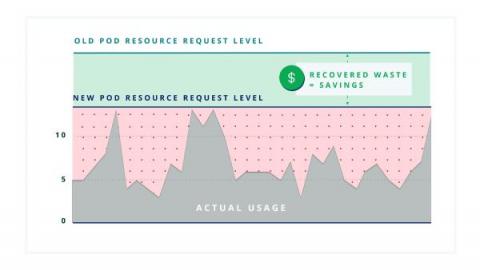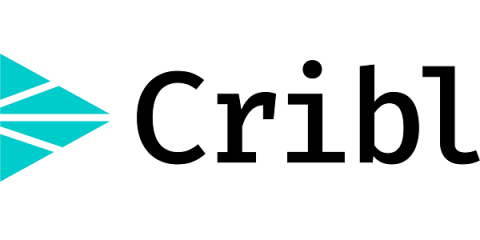Operations | Monitoring | ITSM | DevOps | Cloud
Analytics
Charmed Spark beta release is out - try it today
The Leading Use Cases For Data Monitoring
Generally, data monitoring can be referred to as a continuous process of observing and tracking data in order to ensure its integrity, quality, and conformance with specific standards or requirements. Data monitoring often involves systematic data collection, analysis, and reporting to identify patterns, trends, anomalies, and potential issues.
How to get the best of lexical and AI-powered search with Elastic's vector database
Maybe you came across the term “vector database” and are wondering whether it’s the new kid on the block of data retrieval systems. Maybe you are confused by conflicting claims about vector databases. The truth is, the approach used by vector databases has been around for a few years.
Getting Started with PostgreSQL: Setup Postgres Service
The Rebirth of InfluxQL in 3.0: A Quick Start Guide to Configuration and Usage
If we turn the clocks back to September 2013, we released InfluxQL alongside InfluxDB. InfluxQL is a SQL-like query language, specifically designed to query time series data. For many of our users, InfluxQL still remains the primary way they interact with InfluxDB. Based on this feedback, InfluxQL has been reborn in InfluxDB 3.0 alongside native support for the SQL query language. So what do I mean by reborn?
Got Microservices? You're Probably Paying Too Much for Them
Take back control of your Monitoring
Take back control of your Monitoring with Levitate - a managed time series data warehouse.
Ocean for Apache Spark releases Azure support
Data Independence Day: Taking Back Control of Your Data!
On July 4th we celebrate. We celebrate freedom of movement, freedom of assembly, removal of excessive taxation, and much, much more. But what about digital independence? Removing the tyrannical yoke of control over your observability data. Authoritarian vendors restrict access and movement; they dictate proprietary formatting and even limit what can be commingled with your data, then apply enormous tax burdens (i.e. license fees) just to store your data.











